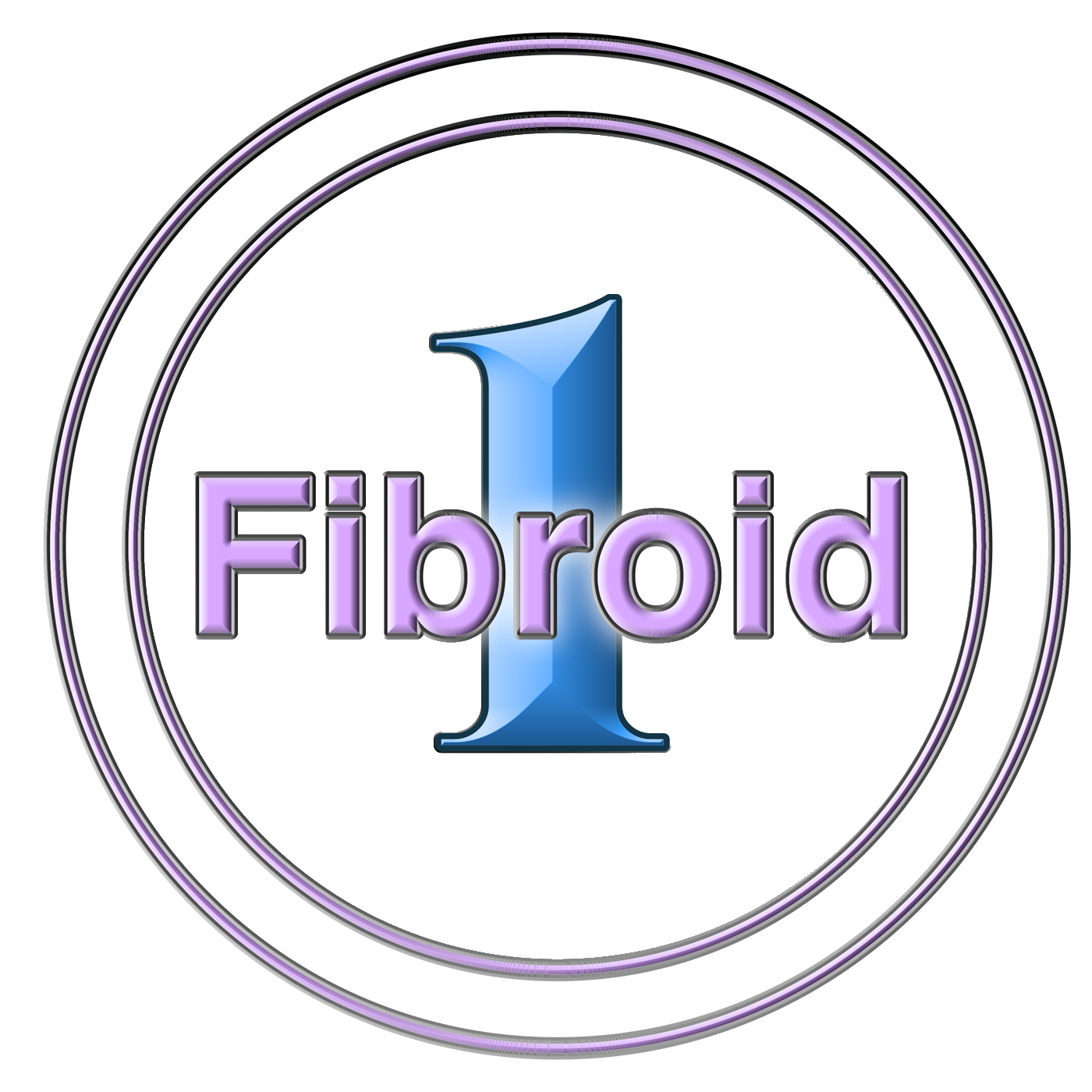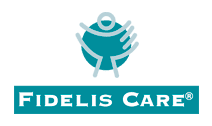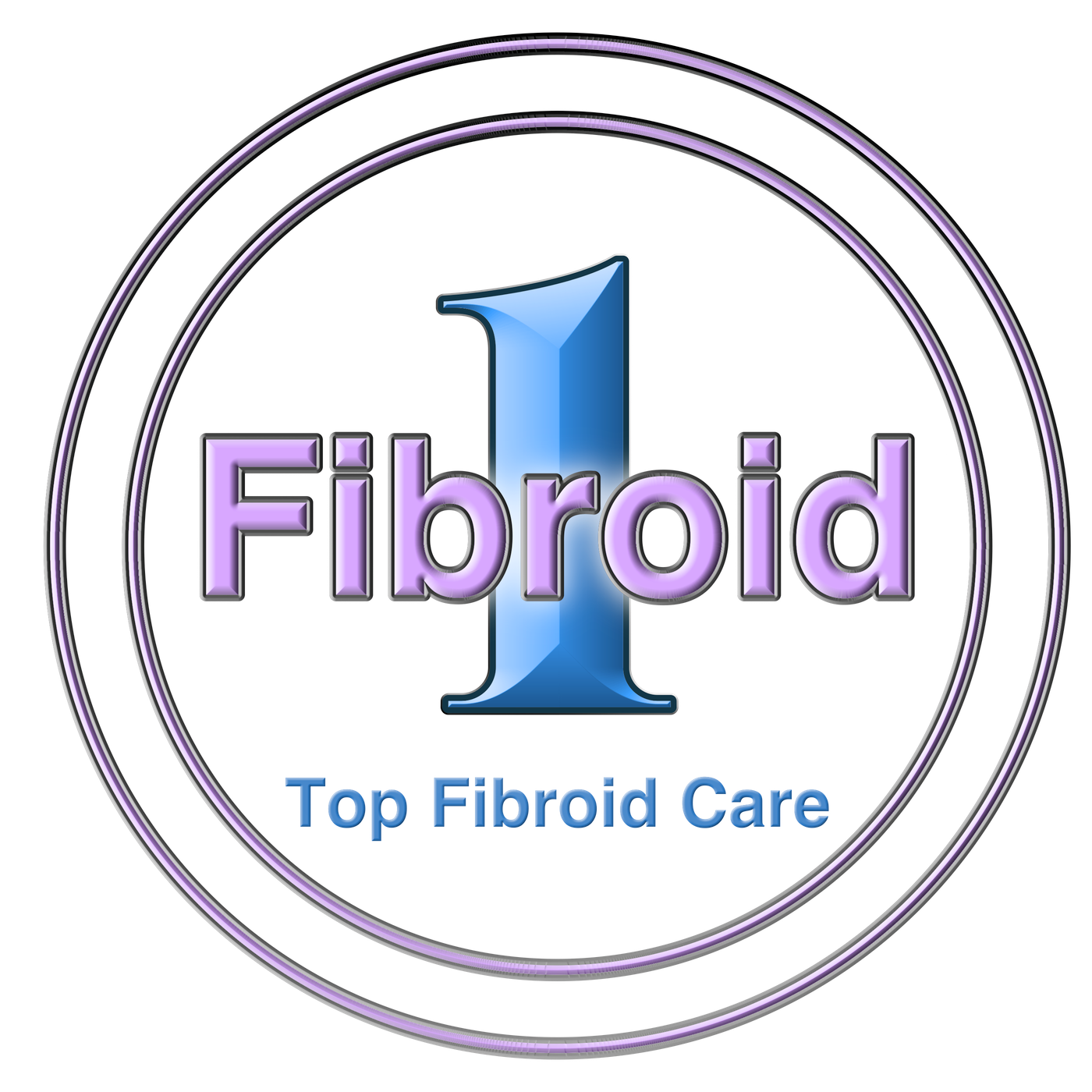⦁ Watchful Waiting
If your fibroids do not cause symptoms, there is no need to treat them. Your doctor can best manage your care and can continue to monitor your fibroids for growth
⦁ Hormone Treatment
Medications for fibroids target hormones that regulate a woman’s menstrual cycle and help treat symptoms such as heavy menstrual bleeding and pelvic pressure. They don’t eliminate fibroids, but may shrink them. The possible side effects of using these medications are similar to the symptoms experienced during and after menopause and include: weight gain, hot flashes, vaginal dryness, mood swings, changes in metabolism, and infertility. In most cases, once hormone therapy stops, fibroids tend to grow back and can reach their original size. This often occurs if hormone therapy is not accompanied by another treatment.
⦁ High-Intensity Focused Ultrasound Surgery (HIFU or MRgFUS)
During the treatment, magnetic resonance images are used to help a doctor examine fibroids and surrounding organs in 3-D. High-intensity focused ultrasound waves are then used to heat an area of the fibroid, causing cell death. Pulses of ultrasound energy are also applied repeatedly to treat the fibroid. The procedure takes three to four hours. Patients report abdominal pain, cramping, and nausea throughout the procedure. A few days after the procedure, patients report feeling cramps as well as shoulder and back pain. Most women are able to return to work within one to two days following the surgery.











